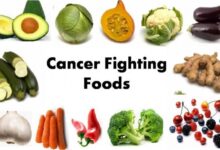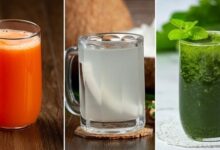The DASH Diet: 10 Best Natural Approach to Lowering Blood Pressure
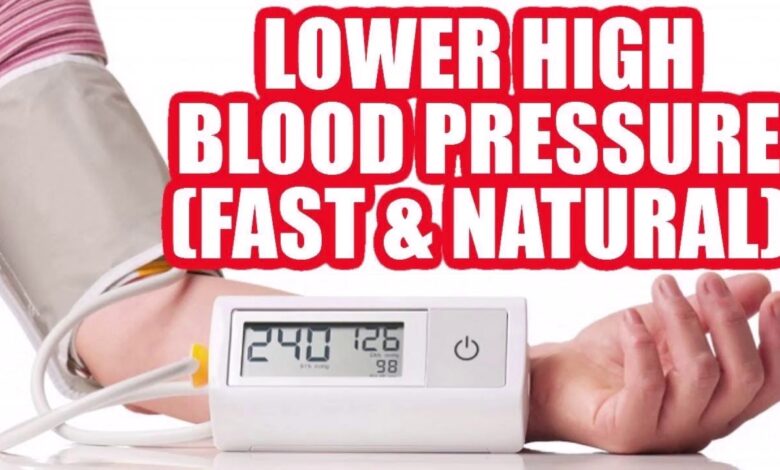
The DASH Diet: A Natural Approach to Lowering Blood Pressure
-
INTRODUCTION
- What is the DASH Diet?
- Origins and Development
- Endorsements by Health Organizations
- Why Blood Pressure Matters
- What is High Blood Pressure?
- Risks Associated with Hypertension
- How the DASH Diet Lowers Blood Pressure
- The Role of Nutrients
- Scientific Evidence Supporting DASH
- Key Principles of the DASH Diet
- Low Sodium Focus
- High Intake of Fruits and Vegetables
- Whole Grains and Lean Proteins
- DASH Diet vs. Other Diets
- Comparison with Mediterranean Diet
- Keto vs. DASH
- Daily Nutrient Goals Under DASH
- Recommended Servings
- Macronutrient Ratios
- Best Foods to Eat on the DASH Diet
- DASH-Approved Grocery List
- Foods That Fight Hypertension
- Foods to Avoid
- Processed Foods
- High-Sodium Items
- Sample 7-Day DASH Meal Plan
- Breakfast, Lunch, Dinner, and Snacks
- Tips for Starting the DASH Diet
- Gradual Adjustments
- Meal Prep Strategies
- Common Challenges and How to Overcome Them
- Cravings for Salt
- Eating Out
- Physical Activity and DASH
- Combining Diet and Exercise
- Recommended Routines
- Results: What to Expect and When
- Timeline of Improvements
- Real-Life Success Stories
- Conclusion
- FAQs
- Can the DASH Diet help with weight loss?
- Is DASH suitable for diabetics?
- How quickly does DASH lower blood pressure?
- Is DASH safe during pregnancy?
- Can I follow DASH on a tight budget?
The DASH Diet: A Natural Approach to Lowering Blood Pressure
Introduction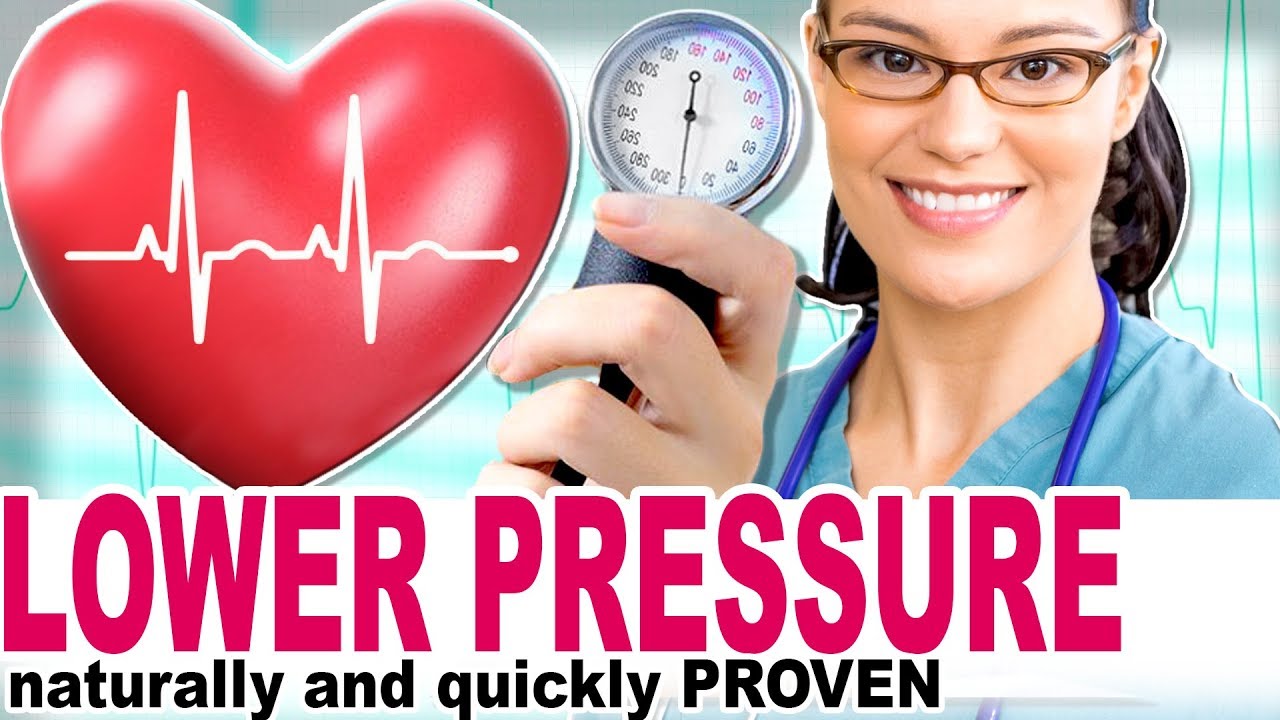
Have you been told your blood pressure is creeping up? Or maybe you’re just trying to be proactive about your heart health. Either way, you’re in the right place. Today, we’re diving deep into the DASH Diet—a natural, research-backed eating plan designed to help you take control of your blood pressure without the need for medication.
What is the DASH Diet?
The DASH Diet—short for Dietary Approaches to Stop Hypertension—was developed in the 1990s through research sponsored by the National Institutes of Health (NIH). It’s not a trendy or restrictive plan; it’s a practical and sustainable way of eating that focuses on heart-healthy foods.
It’s recommended by top health bodies, including the American Heart Association and the National Heart, Lung, and Blood Institute. Learn more from the AHA here.
Why Blood Pressure Matters
Before we jump into the nuts and bolts of the DASH diet, let’s talk blood pressure. High blood pressure, or hypertension, is often called the “silent killer.” Why? Because it creeps in without noticeable symptoms but can lead to life-threatening conditions like stroke, heart disease, and kidney failure.
The good news? It’s largely preventable and manageable—with the right diet being a key factor.
How the DASH Diet Lowers Blood Pressure
The DASH Diet emphasizes foods rich in potassium, calcium, magnesium, and fiber—all nutrients that have been proven to help control blood pressure.
Numerous studies have shown the DASH Diet can lower systolic blood pressure by 8-14 points, even without reducing sodium intake. Combine it with a low-sodium approach, and the results get even better.
Key Principles of the DASH Diet
- Low in sodium: Less than 2,300 mg/day; even better if you can go down to 1,500 mg
- High in fruits and vegetables: Aim for 4-5 servings each per day
- Includes whole grains, lean meats, and low-fat dairy
- Limits red meat, sweets, and sugary drinks
DASH Diet vs. Other Diets (Blood Pressure)
The DASH Diet is often compared with others like the Mediterranean and Keto diets. While the Mediterranean diet also emphasizes heart health, it includes more fats (even healthy ones) than DASH. Keto, on the other hand, is high in fat and low in carbs—which might spike your cholesterol levels and doesn’t align with DASH’s whole-food, balanced-carb focus.
Read Also Preventing UTIs: Tips for Effective Bladder Care
Daily Nutrient Goals Under DASH
A typical 2,000-calorie DASH meal plan includes:
- Grains: 6–8 servings
- Vegetables: 4–5 servings
- Fruits: 4–5 servings
- Dairy: 2–3 servings (low-fat)
- Lean meats: 6 or fewer ounces per day
- Nuts, seeds, legumes: 4–5 servings/week
- Fats & oils: 2–3 servings
- Sweets: 5 or fewer servings/week
Best Foods to Eat on the DASH Diet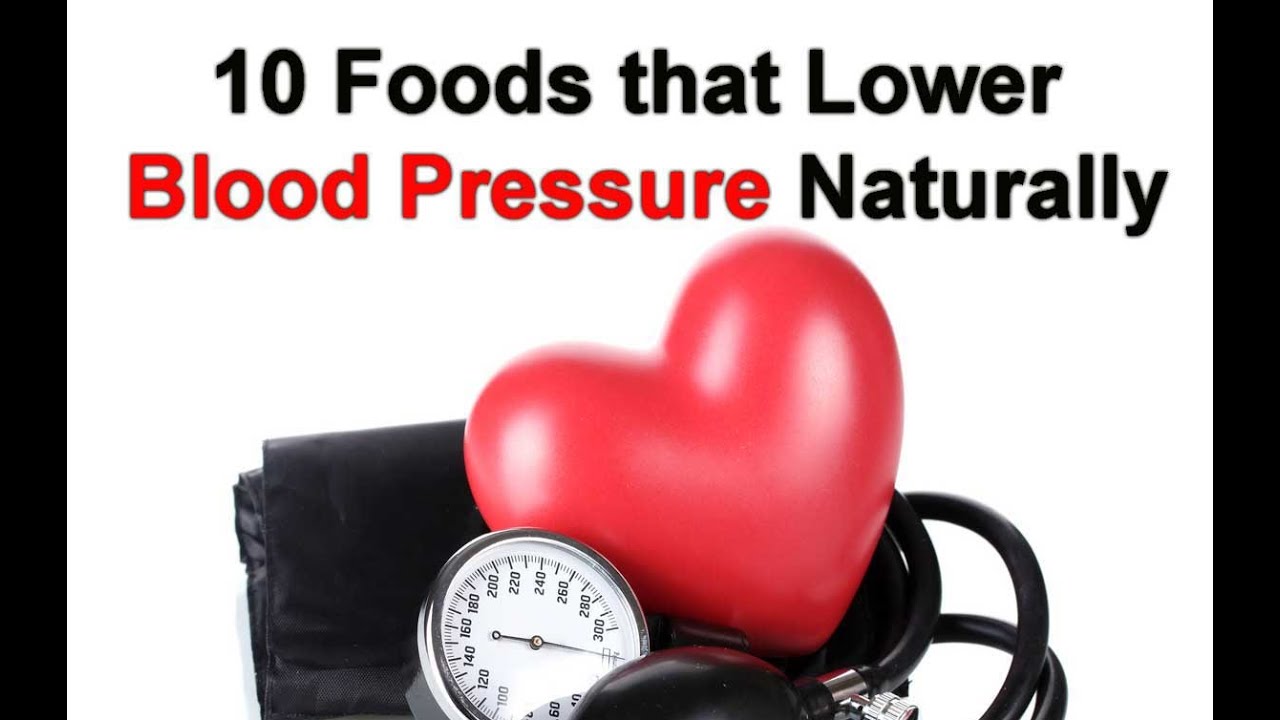
Make your shopping list DASH-friendly:
- Leafy greens (spinach, kale)
- Berries (especially blueberries)
- Oats and whole grains
- Low-fat yogurt and milk
- Skinless chicken and fish
- Nuts and seeds
These foods are packed with potassium and magnesium—essential for blood pressure control.
Foods to Avoid
To truly follow DASH, steer clear of:
- Processed meats (bacon, ham)
- Canned soups and salty snacks
- Sugary drinks
- Full-fat dairy and cheese
- Fried foods and fast food
Sample 7-Day DASH Meal Plan
Here’s a sneak peek:
- Day 1 Breakfast: Oatmeal topped with banana slices and chia seeds
- Lunch: Turkey sandwich on whole grain bread, side of carrot sticks
- Dinner: Grilled salmon, quinoa, steamed broccoli
- Snacks: Low-fat yogurt, unsalted almonds
(For the full 7-day plan, check out NIH’s official guide.)
Tips for Starting the DASH Diet
- Don’t overhaul your pantry overnight—start small
- Gradually reduce salt and sugar intake
- Plan meals and batch cook for the week
- Stay hydrated with water or herbal teas
Common Challenges and How to Overcome Them
Struggling with salt cravings? Add flavor with garlic, lemon juice, and herbs. Eating out too much? Opt for grilled items, request no added salt, and choose water over soda.
Physical Activity and DASH
Diet alone is powerful, but pair it with 30 minutes of moderate activity (walking, cycling) most days, and your blood pressure improvement skyrockets.
Results: What to Expect and When
Stick with it and you could see blood pressure improvements in as little as 2 weeks. Many people also experience better energy levels, weight loss, and improved cholesterol.
Read Also Understanding Miscarriage: Symptoms and support
Conclusion (Blood Pressure)
The DASH Diet isn’t just another diet—it’s a lifestyle. And it works. Backed by science, supported by health experts, and proven by thousands of success stories, this natural approach to managing blood pressure is one of the smartest health choices you can make.
Start today. Your heart will thank you.
FAQs (Blood Pressure)
1. Can the DASH Diet help with weight loss? Yes, especially when combined with regular exercise. Many people shed excess pounds as they reduce sodium and processed foods.
2. Is DASH suitable for diabetics? Absolutely. It encourages low glycemic-index foods and stable blood sugar levels.
3. How quickly does DASH lower blood pressure? Some people see results in as little as 2 weeks, especially when sodium intake is also reduced.
4. Is DASH safe during pregnancy? Yes, but consult with a healthcare provider to tailor it to your specific needs.
5. Can I follow DASH on a tight budget? Yes! Buying seasonal produce, whole grains in bulk, and cooking at home makes DASH very affordable.
Relevant Links:

